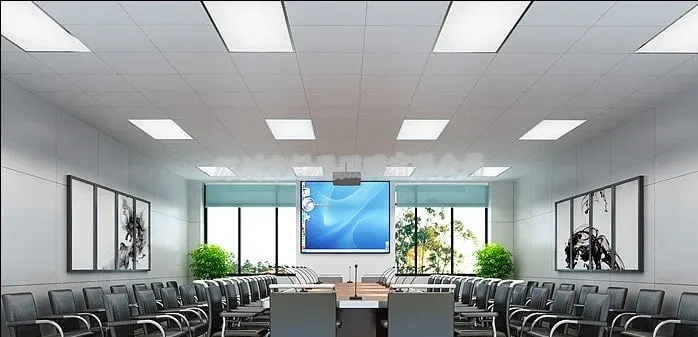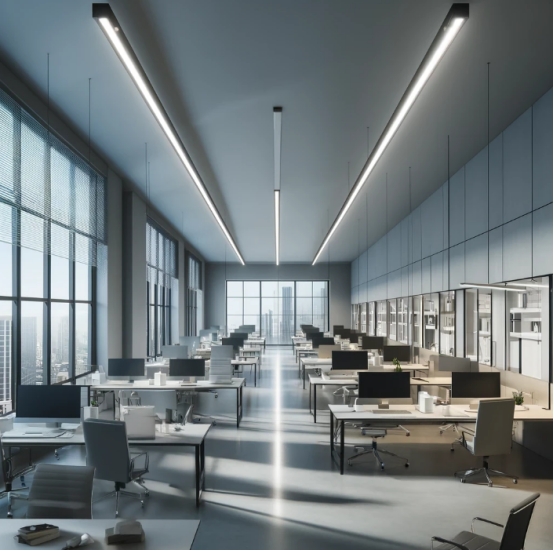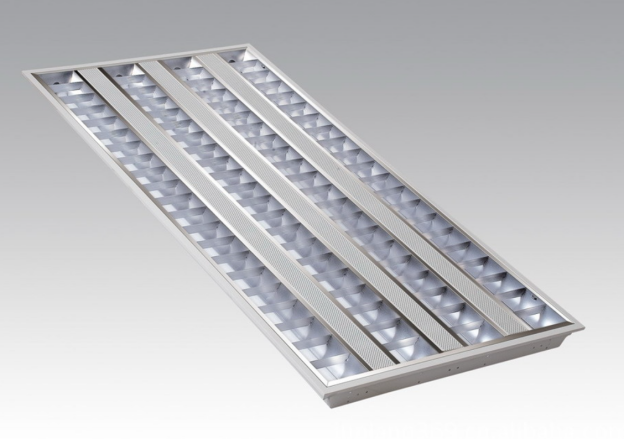Introduction
LED Panel Lights are quickly becoming the go-to choice for businesses and homeowners alike. They are a great way to save on energy costs while still providing ample light. If you are considering purchasing LED panel lights, there are some things you need to know before making your purchase. In this FAQ guide, we will answer all of your questions about LED panel lights so that you can make an informed decision. Let’s get started!
What Are Led Panel Lights And What Are They Used For?
The LED panel lights stand for Light Emitting Diode panel lights. They are a type of lighting technology that uses clusters of small individual LEDs, which provide higher luminosity and light quality than traditional light sources like incandescent and fluorescent bulbs. Some of the most common uses for LED panel lights are listed below;
1. Classroom:
LED panel lights are the perfect choice for classrooms due to their energy efficiency, low heat output, and long lifespan. Many classrooms are now using LED panel lights to ensure that students have the best possible lighting for their learning environment.
2. Office:
LED panel lights are also a popular choice for offices. They provide bright and even lighting to work areas, helping create a pleasant working environment that is not too harsh on the eyes. To top it off, they are also energy efficient and cost-effective.
3. Hospital:
LED panel lights are ideal for hospitals as they offer a low-glare, easy-to-maintain lighting solution that helps maintain patient comfort. While they are more expensive than traditional lighting sources, they can save money in the long run due to their energy efficiency.
4. Home:
LED panel lights make great lighting solutions for the home, providing bright, even lighting while still being energy-efficient. They are also very easy to install and maintain, making them an ideal choice for anyone looking to upgrade their lighting.
5. Other:
LED panel lights are also commonly used in display cases, retail stores, museums, and other public spaces. For any area where you need bright, even lighting without too much glare or heat, LED panel lights can be a great choice.
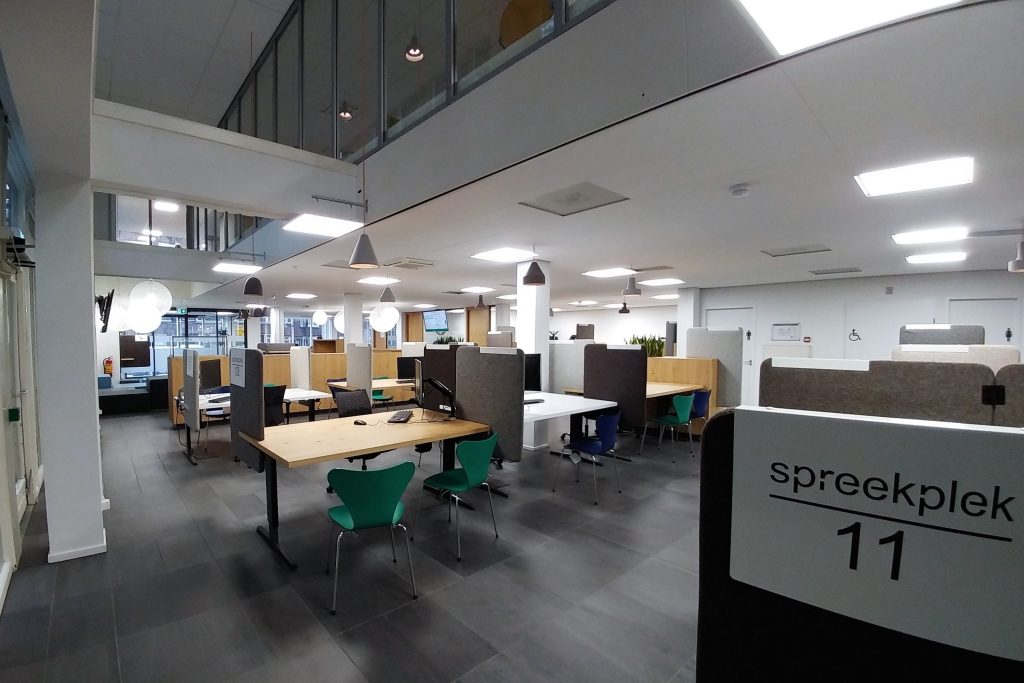
How Do Led Panel Lights Work?
Every electronic product has an internal circuit, and LED panel lights are no different. Most OLAMLED panel lights are available on the market. Below here are a few steps on how to do LED panel lights work:
1. An External Power Source:
An external power source such as an AC adapter provides the power to a circuit board within the LED panel. To convert the power from AC to DC, a rectifier circuit is used.
2. Led Driver:
The LED driver transforms the power from DC to the specific voltage level required for powering the LEDs. Driver circuits also protect against voltage changes, ensuring the LEDs are always receiving a constant current.
3. LEDs:
The LEDs convert electrical energy into light energy, creating illumination. Depending on their design, some LED panels may use individual LEDs while others may use clusters of multiple LEDs. On the other hand, in some panels, the LEDs are connected in series or parallel configurations.
4. Heat Sinking:
Heat sinking is a process of transferring heat away from the LEDs and into an external surface such as an aluminum plate. This ensures that the LEDs do not overheat and ensures their long life span.
5. Reflectors:
Reflectors are used to reflect the light in the desired direction and reduce glare. Once the light has been bounced off the reflector, it passes through a diffuser which evenly distributes the light.
6. Power Supply:
The LED panel lights must have a reliable power supply to ensure that the LEDs are not over-driven. It also helps reduce flickering and ensures optimum performance. Not only does it provide the power for operating the panel lights, but it also helps regulate the current and voltage levels.
7. Diffusers:
Diffusers play a crucial role in LED panel lights. They evenly distribute light and eliminate glare, making the lighting much more pleasant to look at.

What Are The Benefits Of Using Them Over Other Types Of Lighting Fixtures?
LED panel lights have several advantages over other lighting fixtures. Here are some of the main benefits of using them over other types of lighting fixtures:
1. Energy Efficiency:
LED panel lights are up to 90% more energy efficient than traditional lighting sources such as incandescent and fluorescent bulbs. Due to their low wattage and high lumen output, they can help reduce your electricity bills significantly.
2. Cri:
The Color Rendering Index (CRI) of LED lights is much higher than other lighting sources, meaning that the color of objects appears more accurate and true to life. When compared with fluorescent and incandescent bulbs, LED panel lights have a CRI of 80-90, which ensures that colors are accurately represented.
3. Focused Beam:
One of the main advantages of LED panel lights is that their beam pattern can be focused in a certain direction, allowing you to precisely light up specific areas. This feature makes them ideal for applications such as retail lighting, art galleries, and museums.
4. Various Color Temperatures:
LED panel lights come in a variety of color temperatures ranging from warm white to cool white. This advantage makes them suitable for a wider range of applications. With the different color temperatures, you can easily find the right lighting solution for any space.
5. Long Lifespan:
When compared with other types of lighting fixtures, LED panel lights have much longer lifespans. This is because they do not contain any moving parts, resulting in less maintenance, fewer replacement costs, and longer lifespan.
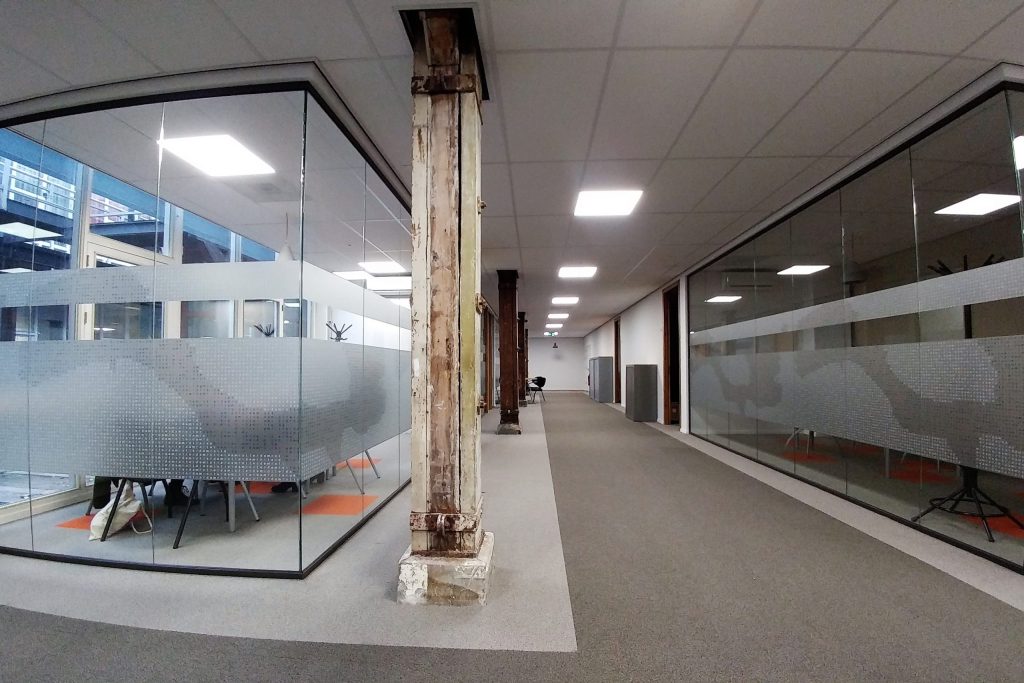
How To Choose Led Panel Lights?
With the increase in technology, LED panel lights are becoming more and more popular. When choosing the right OLAMLED panel light for your home or office, several factors should be taken into consideration.
1. Wattage:
The wattage of the LED panel light should be taken into account. It is typically measured in watts and determines how bright the panel will be. It is essential to choose a wattage that is suitable for the space you are lighting up.
2. Tilt Angle:
The tilt angle is the number of degrees at which the light can be adjusted. This feature ensures that the light is directed in the right direction and that glares are avoided. Therefore, it is crucial to check the tilt angle before purchasing a panel light.
3. Price:
Price is also another factor to consider. LED panel lights vary in price depending on the features they offer. It’s best to compare different models and find the one that suits your budget. If you are looking for a lower-price option, consider buying the LED panel lights in bulk.
4. Quality:
Finally, quality is necessary when it comes to LED panel lights. Make sure the product you are buying is certified and meets the required safety standards. It should also have a warranty in case the product fails. Our OLAMLED panel lights come with a 5-year warranty and are UL-certified.
By taking into consideration these factors, you can easily find the best LED panel light to suit your needs.
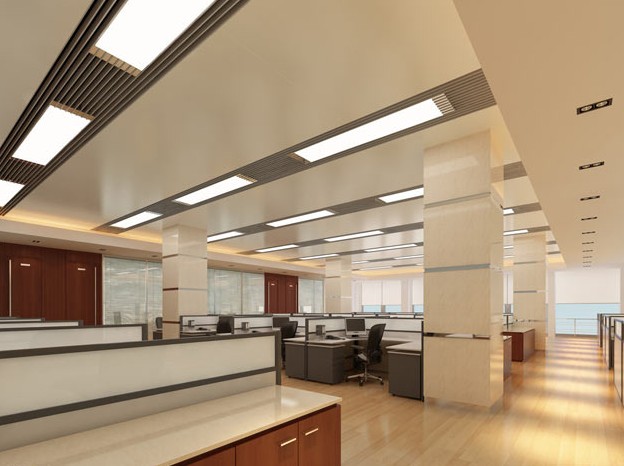
Are There Any Disadvantages To Using Led Panel Lights In The Home Or Office Space?
Many people think that LED panel lights do not contain any kind of disadvantages. But, like with any other type of lighting fixture, there are a few downsides to consider when using LED panel lights. Let’s take a look at some of the disadvantages of using LED panel lights in the home or office spaces:
1. Heat Emission:
One of the biggest drawbacks to using LED panel lights is that they emit heat. Because of this, they must be properly installed and have adequate ventilation to avoid any damage. Otherwise, the lights can potentially overheat and cause a fire hazard.
2. High Initial Cost:
The cost of LED panel lights is usually higher when compared to traditional lighting solutions. This is because LED technology is relatively new and expensive. The good news is, however, that the upfront cost is offset by their long lifespan and lower energy bills.
3. Difficult To Dim:
Due to their design, LED panel lights are not easily dimmable. They usually require a special controller or switch to properly adjust the brightness. If you failed to install such a controller, then you won’t be able to adjust the brightness of your LED panel lights.
4. Not Compatible With All Dimmer Switches:
Dimmer switches are commonly used to adjust the brightness of lighting fixtures. However, LED panel lights may not be compatible with all dimmer switches. So it is crucial to check the compatibility before installing a dimmer switch.
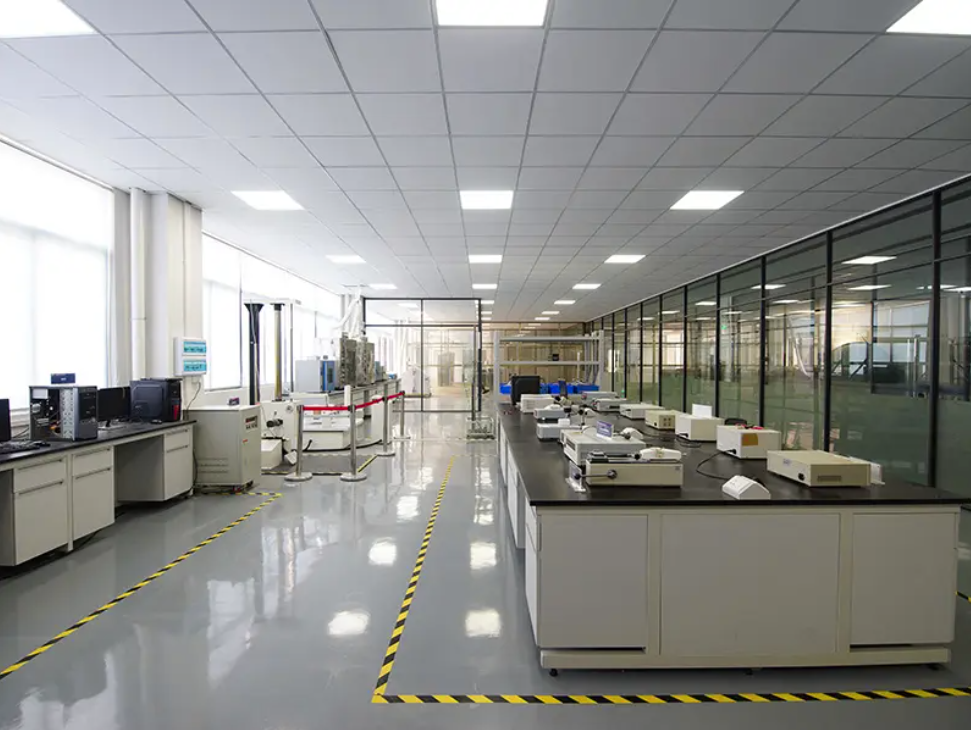
What Is The Difference Between A Standard Led Light Bulb And An Led Panel Light Fixture?
There are several differences between a standard LED light bulb and an LED panel light fixture. Don’t worry; we will explain them in a very simple way:
1. Size & Shape:
Standard LED bulbs are typically smaller than LED panel light fixtures. They are also shaped like a traditional bulbs and come in various sizes, wattages, and lumens outputs depending on the type of bulb.
2. Mounting:
LED panel lights are mounted onto a flat surface while LED bulbs are mounted on an E26 or E27 socket. It’s because LED panel lights are usually made to be flush against the ceiling or wall, while bulbs can easily be screwed into a socket.
3. Light Distribution:
LED bulbs usually emit point light, meaning the light is focused in one particular direction. Conversely, LED panel lights emit more even and uniform light, which means the entire room, is illuminated.
4. Color Temperature:
The color temperature of LED bulbs starts from warm white to cool white. On the other hand, LED panel lights usually come in a single color temperature (warm white or cool white).

What Is The Difference Between A Standard Traditional Grille Light And An LED Panel Light Fixture?
In comparison to traditional grille lights, LED panel lights are more efficient, durable, and convenient. Here are some of the differences between them:
1. Design:
Traditional grille lights are typically designed in a grid-like pattern with individual bulbs in each square of the grid. Meanwhile, LED panel lights are usually flat with an even spread of light across the panel.
2. Efficiency:
LED panel lights use only a fraction of the electricity that traditional grille lights do, making them much more efficient in terms of energy consumption and cost savings.
3. Durability:
Traditional grille lights typically require frequent bulb changes due to their short lifespan and fragile design. Conversely, LED panel lights last up to 10 times longer than traditional bulbs and can withstand occasional bumps or knocks without any damage.
4. Heat Emission:
LED panel lights run cooler than traditional grille lights, which mean no extra heat is produced by the fixtures themselves, reducing air conditioning costs over time.
5. Lighting Quality:
LED panel lights produce a much more even and soft light than traditional grille lights, which can help improve moods and reduce eyestrain in long-term lighting applications.
6. Cost:
The initial cost of LED panel lights is usually higher than traditional grille lights. However, the longer lifespan and energy savings from LED panel lights will offset the upfront costs over time.
7. Installation:
Traditional grille lights require wiring for each individual bulb, whereas LED panel light fixtures are plug-and-play and do not require any rewiring or complex installation. This makes them a much simpler solution for DIYers and professionals alike!
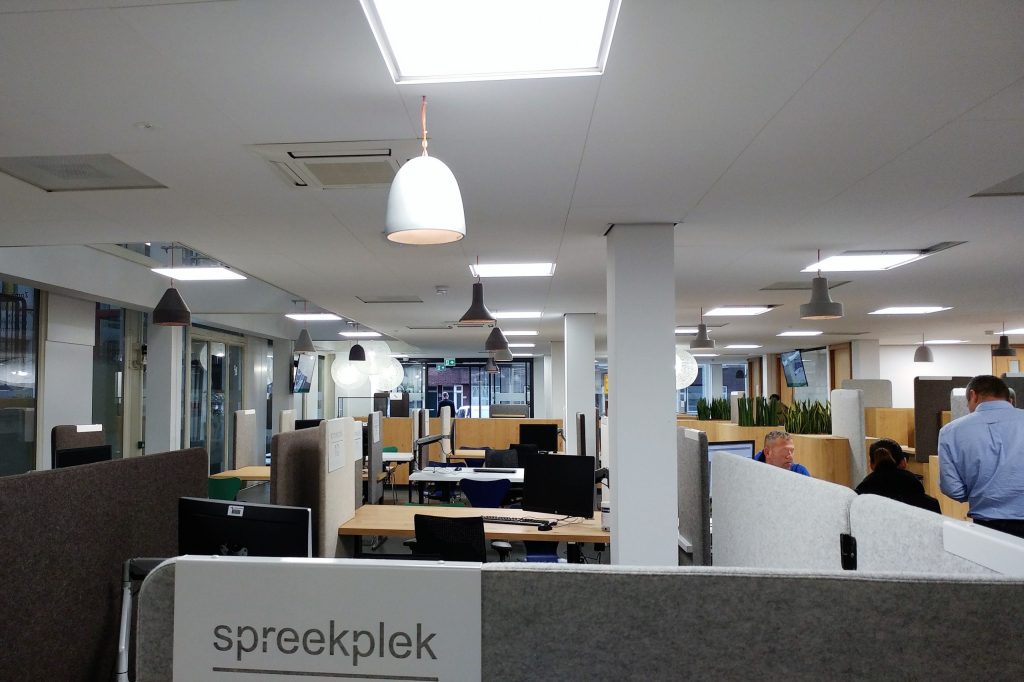
Conclusion
If you have any questions about LED panel lights that haven’t been answered in this guide, feel free to reach out to us at OLAMLED. We would be more than happy to help you find the perfect lighting solution for your needs. With over years of experience in the industry, we are confident that we can provide you with the best products and advice possible. Thanks for reading and we hope this guide was helpful!
